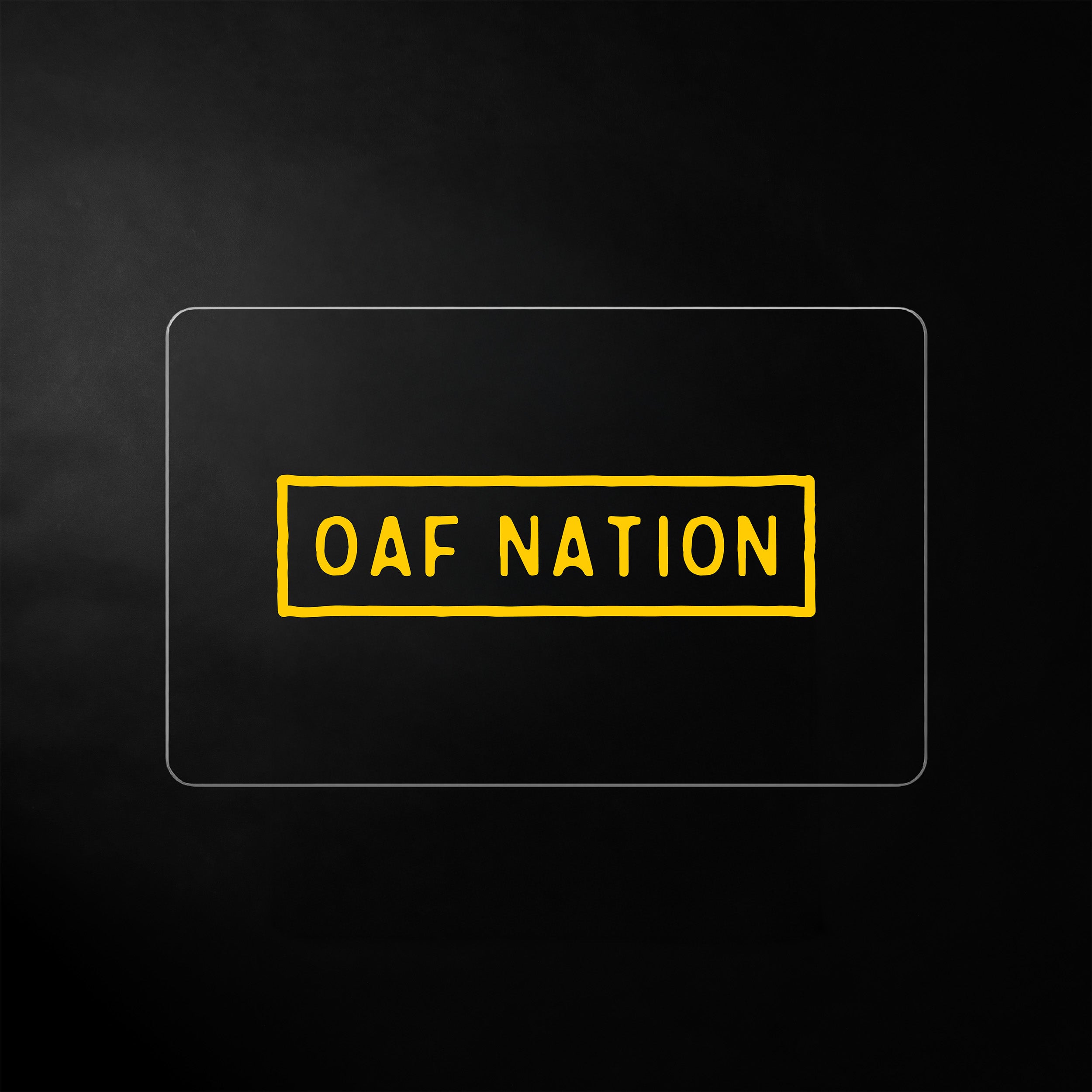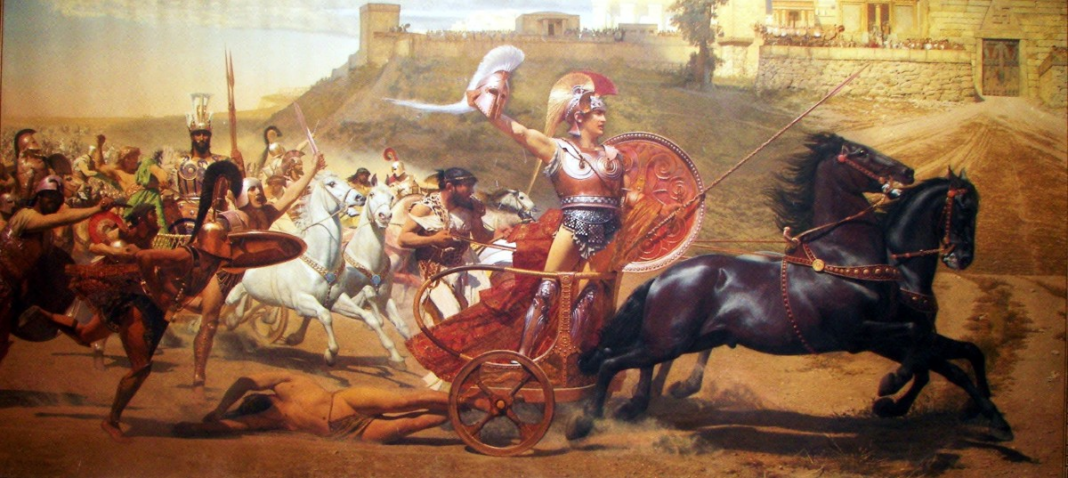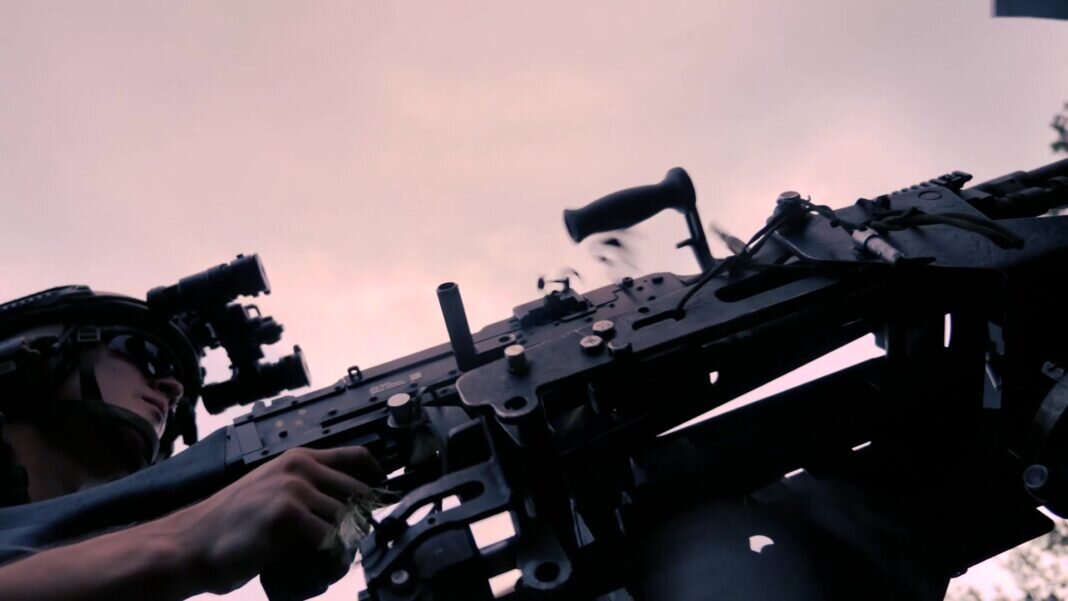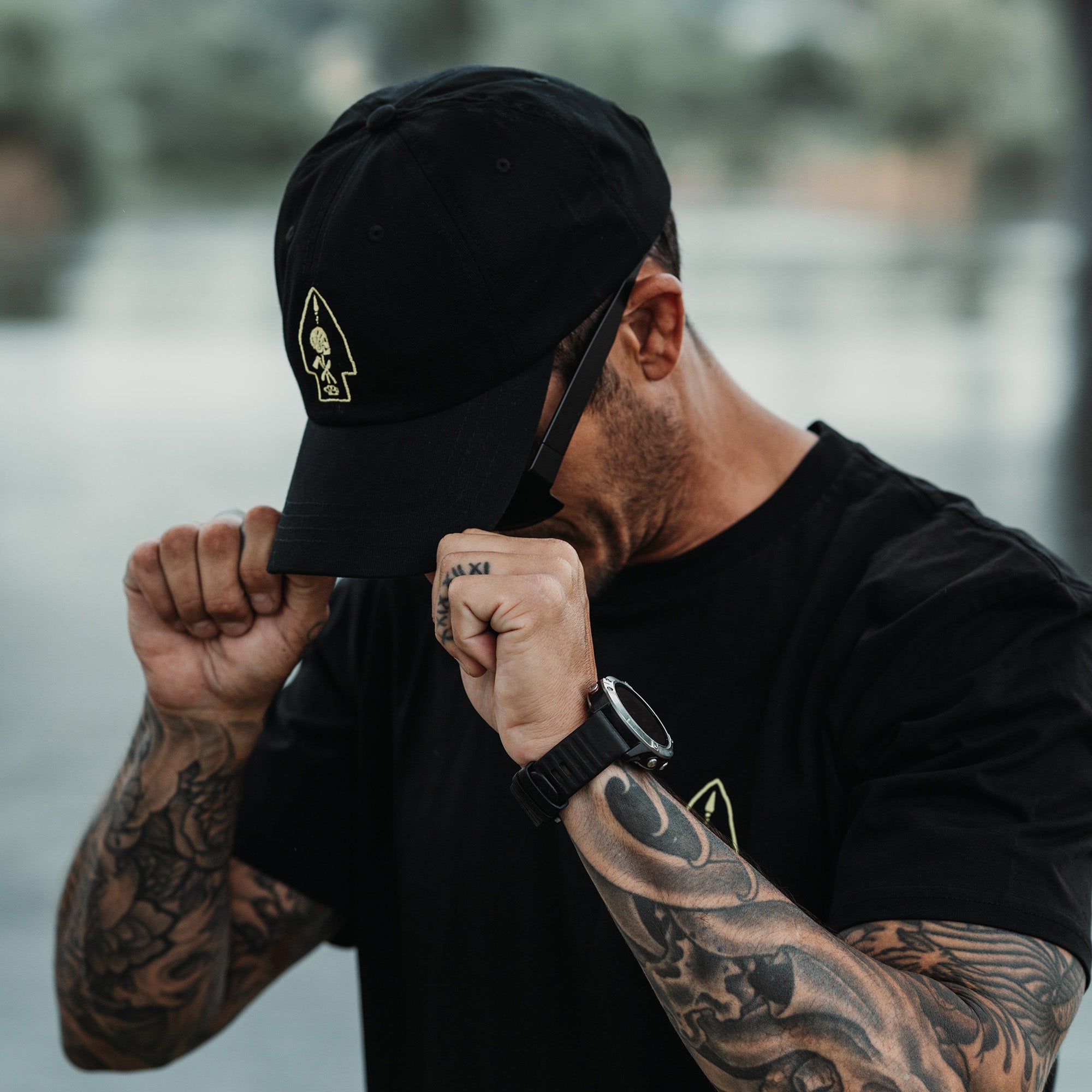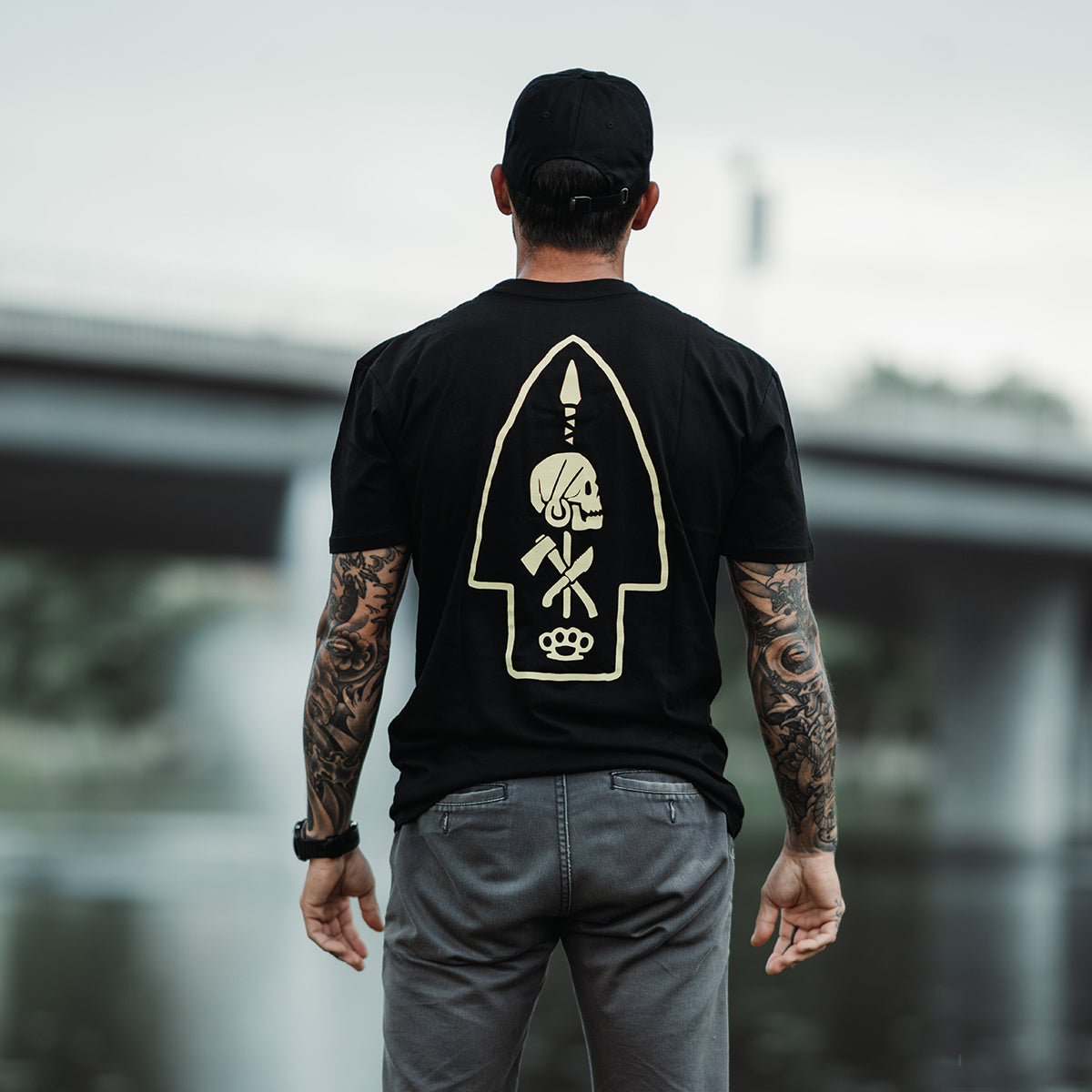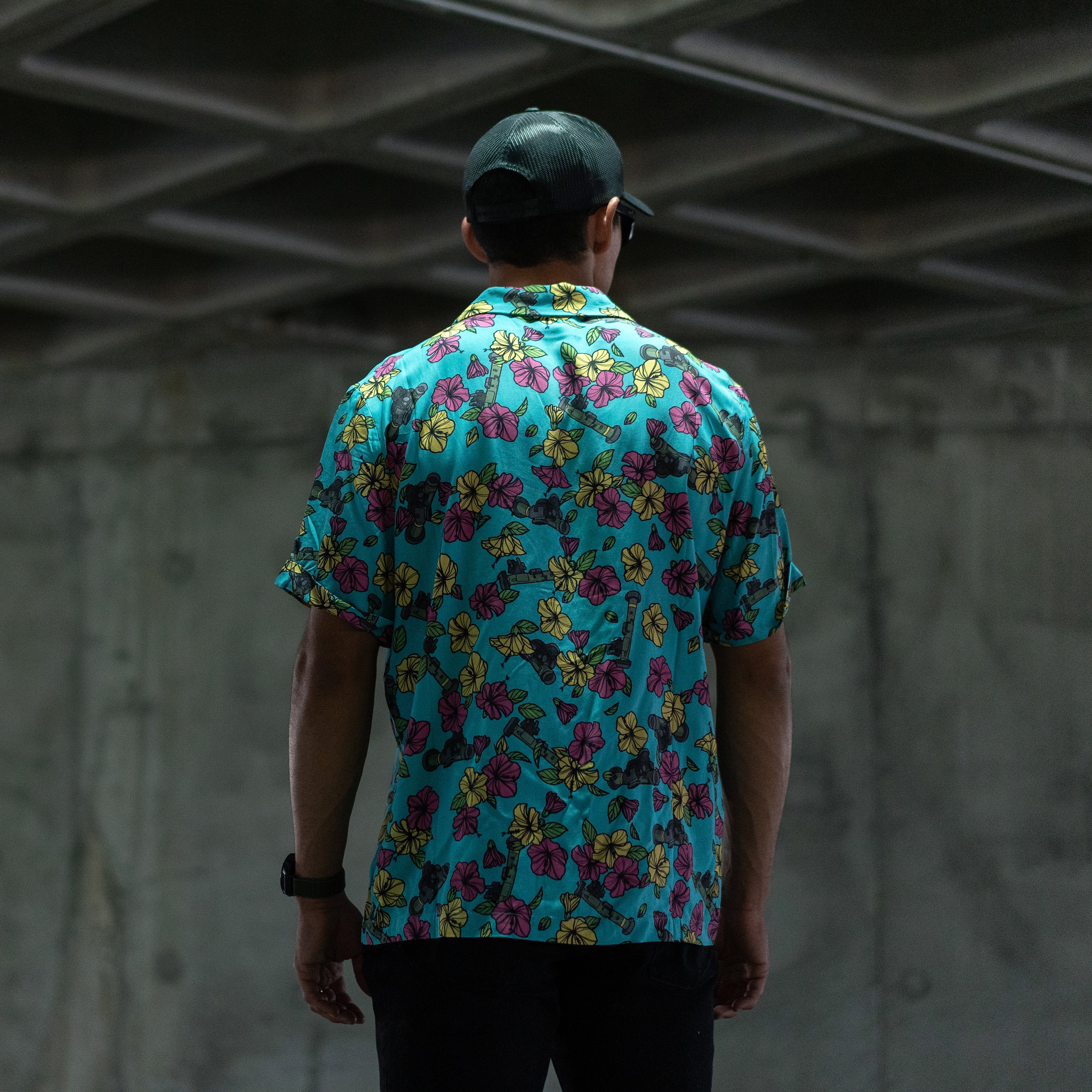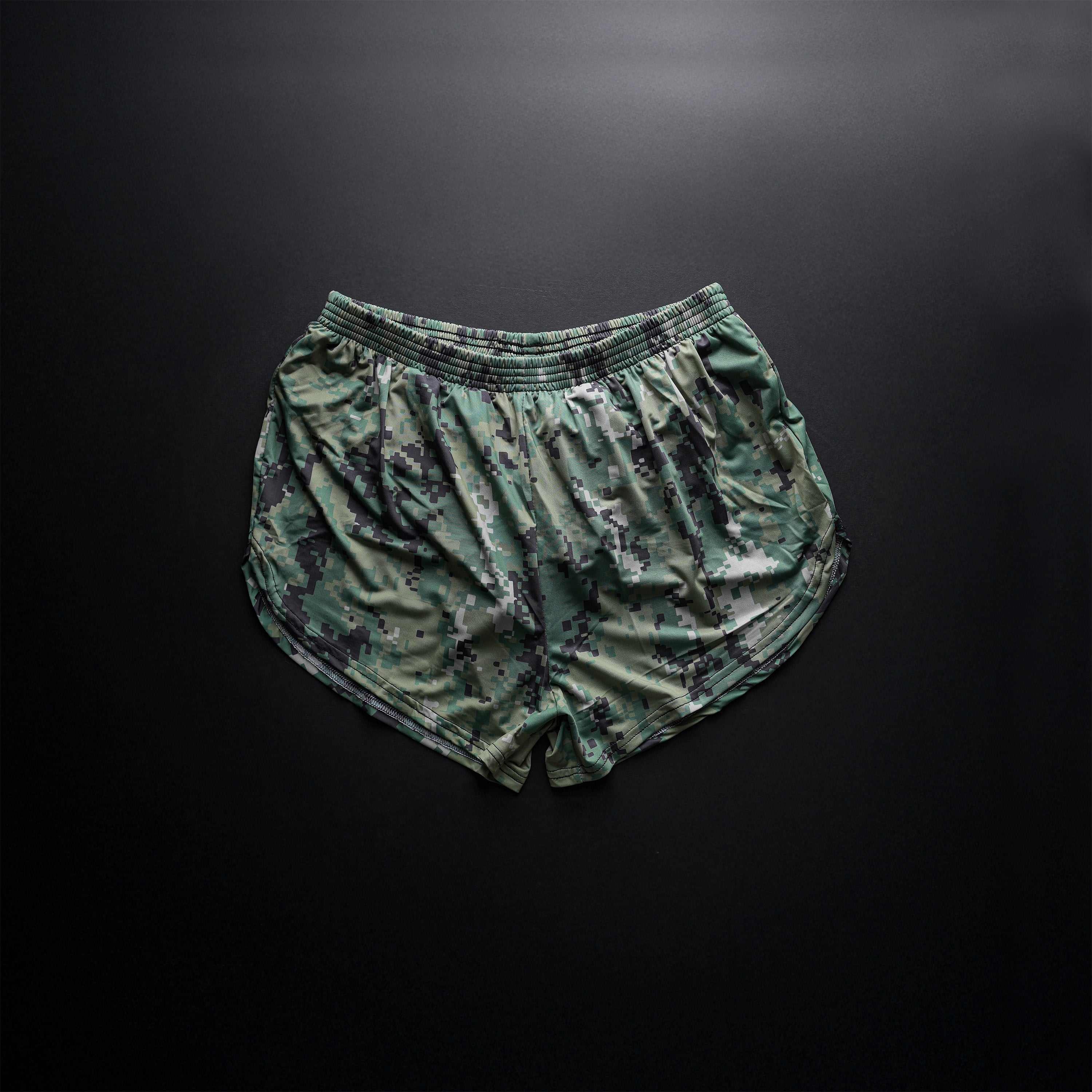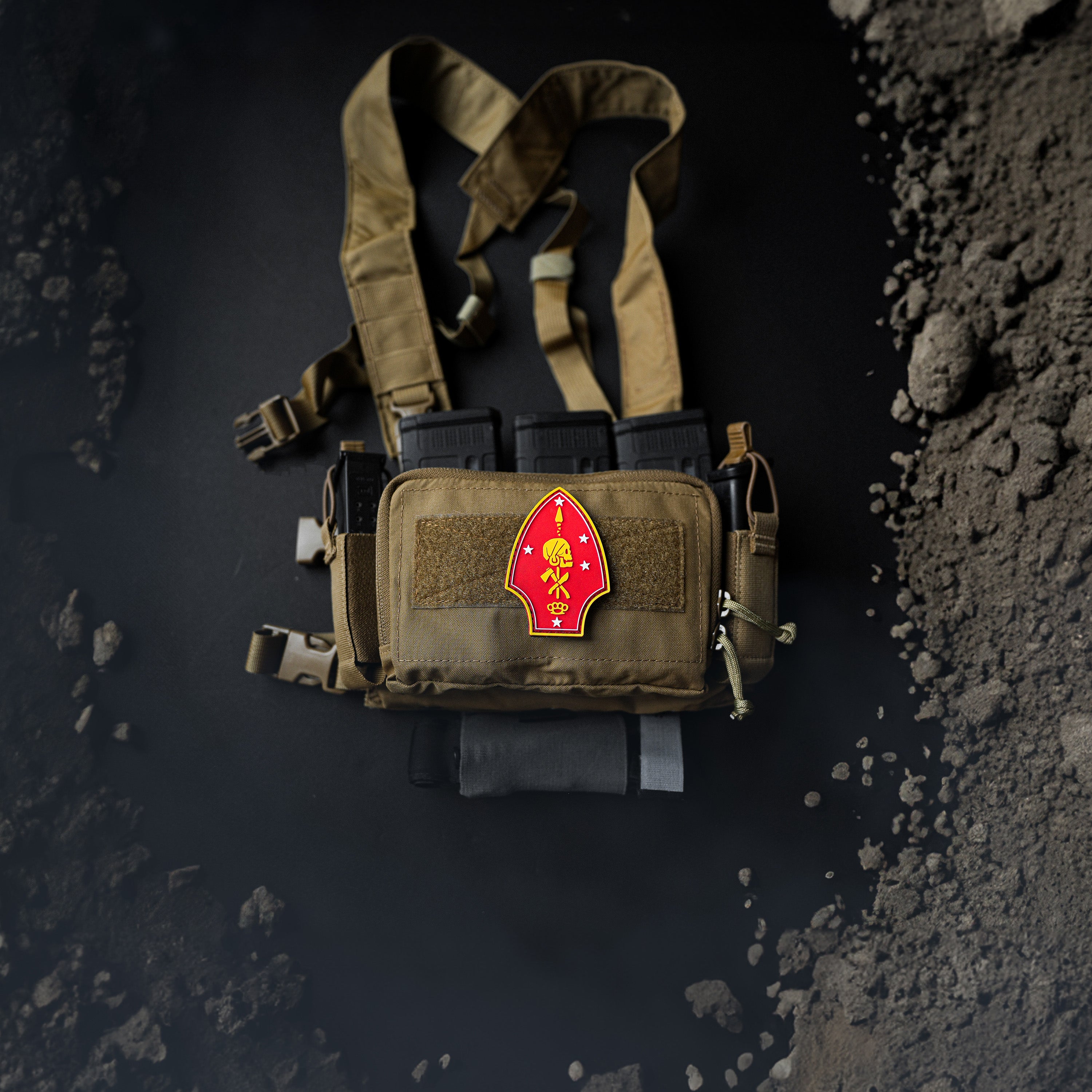
Soldierstone
Deep in the Rio Grande forest of Colorado lies a hidden monument to the Vietnam War dead. The exact location is not a secret, but it’s not advertised either. It is not my place to share. Like all those who have made the pilgrimage, I signed an unwritten pact to keep quiet on the specifics. But if you want to find it, you will. Like the rest of the pilgrims.
The journey from the city is four or five hours by motorcycle. On reaching the trailhead it takes me an hour to make my way down fourteen miles of forest roads to my destination. I stand on the footpegs of my Suzuki V-Strom DL650 as I maneuver around boulders and wandering cattle. The air is late-summer fresh and cooler as I gain elevation. My bike, laden with camping gear, water and books, bounces and slides nimbly. The ride is pleasantly tiring. At the end of the road I arrive at a wooden fence. I am greeted by a field of cows, the sky stretching over a rise just below treeline, nearly 12,000 feet above sea level. As I hop off the bike and scan the clearing, I find what I’m looking for: a solitary marble tower in the middle of a clearing.
The Soldierstone.

Planned by a retired Lieutenant Colonel who obtained permission from the government to build on national forest land, the Soldierstone took five years to construct. Its creator died without ever seeing it completed. The monument is a sad one. Its main component is a tower of smooth marble with engravings in half a dozen languages. Around this fixture is a triangle of stacked rocks and thirty-six marble placards laid into the earth, waiting to be stumbled upon.
As I approach my legs melt into the ground. The pressure behind my eyes builds. My hands tremble slightly I reach to touch the marble. And when I do, I imagine the men this stone was built for.
“In Memory of Long Wars Lost and the Soldiers of Vietnam,” reads one side of the monument.

Long Wars Lost. There is a reason for my pilgrimage here. I have long identified my Afghanistan experience with that of Vietnam. The Long War: booby traps, rice paddies, endless rain. Digging and moving and digging again. Deadly ambushes. The Longest War: waist-deep canals, a hill filled with scorpions, endless sandstorms. Green and black flecks in a night vision monocle. Anxious steps, waiting for the earth to erupt. Both wars fought for unclear aims.
Engraved on the monolith are the words Valor, Courage, Sacrifice, Honor. On the surrounding stones are poems and quotes in Cambodian, German, French, Vietnamese, Montagnard and other languages.

The Soldierstone is devoid of politics. It offers no answers and asks for nothing in return. The architect sought an anonymous tribute to all the lost, not just the Americans, but also the foreign soldiers lost fighting on their behalf. Later that night as I am unloading my motorcycle to camp, I think about whirling Blackhawk rotors, Afghan Army soldiers, a blood-spattered wall in a distant bazaar. And I think about other memorials.
***
On the south side of the National Mall in D.C. there is a lonely and half-forgotten monument to the Washingtonian dead of World War I. When I arrive I find four kids filming themselves dancing to electronic music. I loiter nearby until they finish. There is no rush. I feel no enmity toward them. No urge to publicly berate them for their disrespect. The war dead sacrifice so the living can frolic.
When the teenagers are done I stand in the pagoda. I look up into the middle, searching for vertigo. I let my mind find its own way: outside of Marjah, an artillery barrage, five shots on target. Except the target is not the enemy, but us. We, the men who ordered the strike, are the victims of it.
Compare this to the experience of the men who fought the Great War and things are put in perspective. Five rounds in one barrage becomes five rounds per second, fired at young men huddling in trenches. The great thundering bombardments you read about in All Quiet on the Western Front. The Great War was far deadlier than the Longest War. Nevertheless, when I stand here I feel a silent kinship with the men who fought it. Humbled by their sacrifice, I reflect on our shared, shattered youth. I think about the common experience of soldiers at war: monotony interspersed with moments of immense peril. Terror and loss.
After a time I make my way over to the Korean War Memorial, the most haunting of them all. Nineteen soldiers arrayed as a detachment on patrol. The seven-foot tall figures convey a sense of shared resolve, and it’s as if I’m there with them, next to the radioman, calling up a position report. Next to the machine-gunner, carrying ammunition. I am the squad leader, keeping the wedge intact. I am the pointman, searching for a safe route that will lead us home. I am the statue and the statue is a man I once knew.
***

Back at Soldierstone I am sitting on the rock-wall, drinking a can of Fat Tire. The cows’ bells tinkle as they wander by. Fading light shines on glossy marble. I hear the steady scuff of footsteps and look up to see a hiker approaching from the nearby Colorado Trail portion that cuts through the mesa. He nods. I nod. He takes a seat nearby and begins to unwrap a sandwich. He is hiker-trash of the highest degree: lightweight pack, trekking poles, unwashed beard, bandana. I envy him. We share several minutes of silence.
Then, inexplicably, I grow anxious. I want to implore him: ask me about the memorial! I want to explain the Soldierstone’s origins. Let him know what it symbolizes. Tell him about the foreign soldiers who fought with us but were forgotten in our monuments. In a moment of selfishness I wish he would ask me why I’m here, if I was ever in a war, what this means to me, so I can explain all about Helmand Province, a Hazara with a hole in his groin, an Afghan soldier running, flailing, and falling.
But I say nothing. The urge passes. The moment returns to its calm, late afternoon stillness. In Colorado, it always rains in the afternoon and clears up again in the evening, leaving a brilliant sunset that spreads its fingers through the trees.
The hiker wraps up the remnants of his sandwich, collects his pack, and with another nod, departs. I leave shortly after. Soldierstone remains, guarding the memory of long wars, foreign and personal.
Lieutenant Colonel Stuart Allen Beckley, creator of the Soldierstone, died in 1995. He instructed that his name not appear anywhere on the memorial. "It's 'for them,' not 'for us,'" he wrote.
Written By Kirk
May 18, 2020

